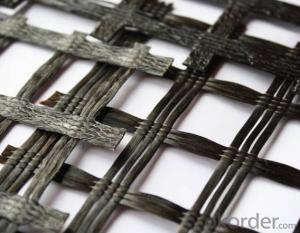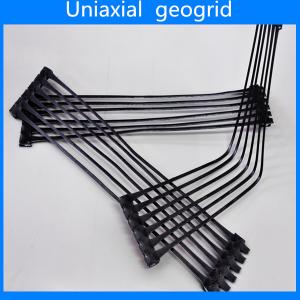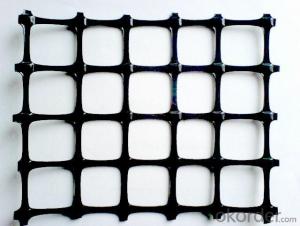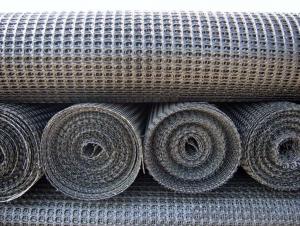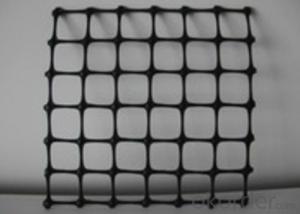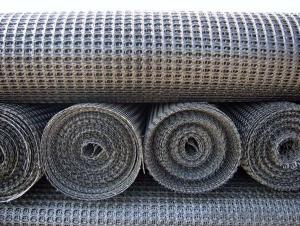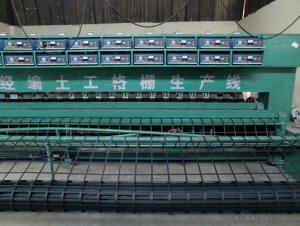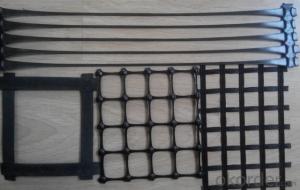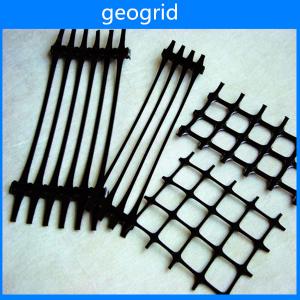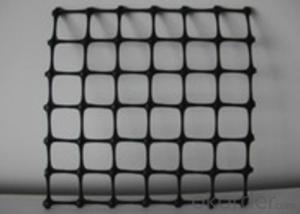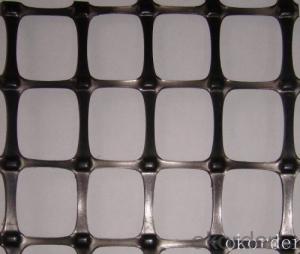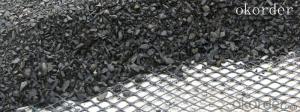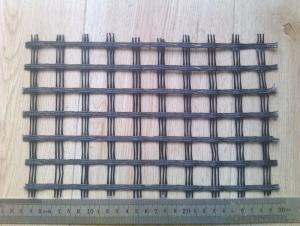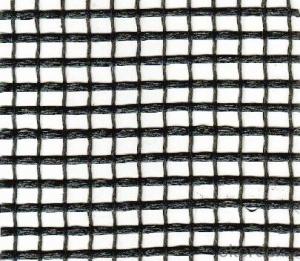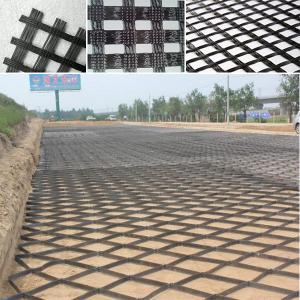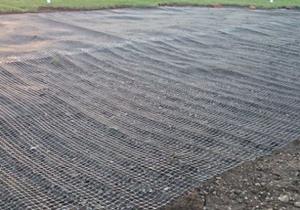Plaxis Geogrid
Plaxis Geogrid Related Searches
Triax Geogrid Tenax Geogrid Terrafix Geogrid 3xt Geogrid Geogrid Triax Strata Geogrid Sbx 11 Geogrid Geogrid Layer Geogrid Maps Terragrid Geogrid Interax Geogrid Stratagrid Geogrid Triax Tx Geogrid Bx 1200 Geogrid Geogrid Parking Geogrid Paver Geogrid Tbl 5xt Geogrid Rx 1100 Geogrid Geogrid Viewer Geogrid Machine Geogrid Mat Gravel Geogrid Geostar Geogrid Geogrid Paving Extruded Geogrid Grass Geogrid Geogrid Patio Geogrid Products Tensar Ux GeogridPlaxis Geogrid Supplier & Manufacturer from China
Plaxis Geogrid is a range of high-quality geosynthetic products designed to enhance soil stability and reinforcement in various civil engineering applications. These products are engineered to provide optimal performance in situations where soil strength and stability are critical, such as in the construction of roads, embankments, retaining walls, and slopes. The geogrids are manufactured using advanced materials and technologies to ensure durability and effectiveness in diverse environmental conditions.Plaxis Geogrid finds extensive use in a variety of construction and engineering projects, where soil reinforcement is necessary to prevent subsidence, erosion, and other forms of soil failure. The geogrids are installed within the soil to create a strong, integrated structure that can withstand heavy loads and resist deformation. This results in improved load distribution, reduced settlement, and enhanced overall stability of the construction. The versatility of Plaxis Geogrid makes it suitable for a wide range of applications, from small-scale projects to large-scale infrastructure developments.
Okorder.com is a leading wholesale supplier of Plaxis Geogrid, offering a vast inventory of these geosynthetic products to cater to the needs of various industries. As a reputable supplier, Okorder.com ensures that the Plaxis Geogrid products are of the highest quality and meet the stringent standards required for soil reinforcement applications. Customers can rely on Okorder.com for prompt delivery and competitive pricing, making it a preferred choice for sourcing Plaxis Geogrid and other geosynthetic materials.
Hot Products



